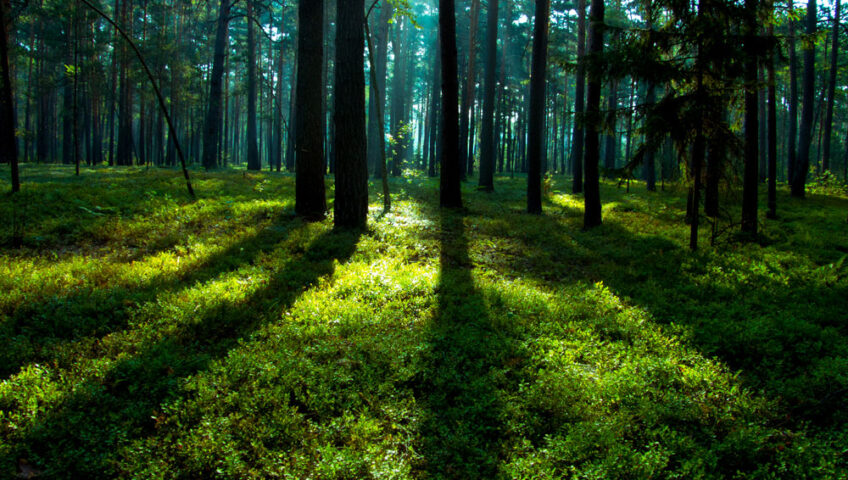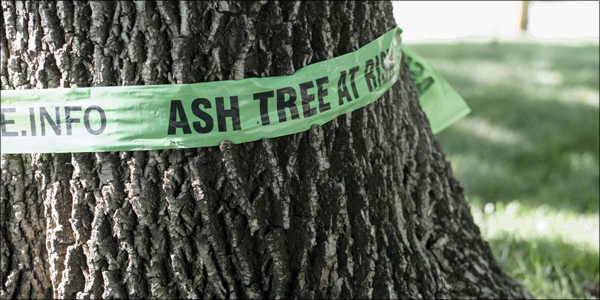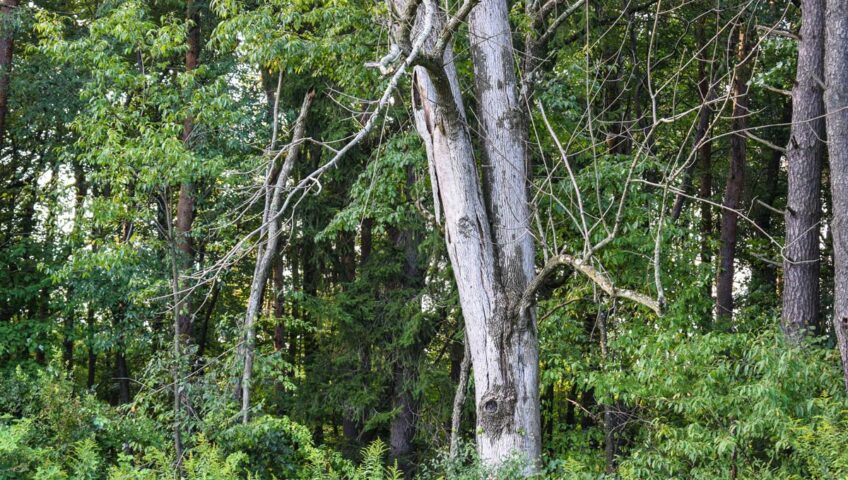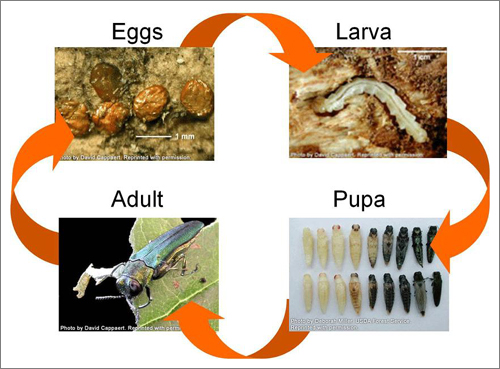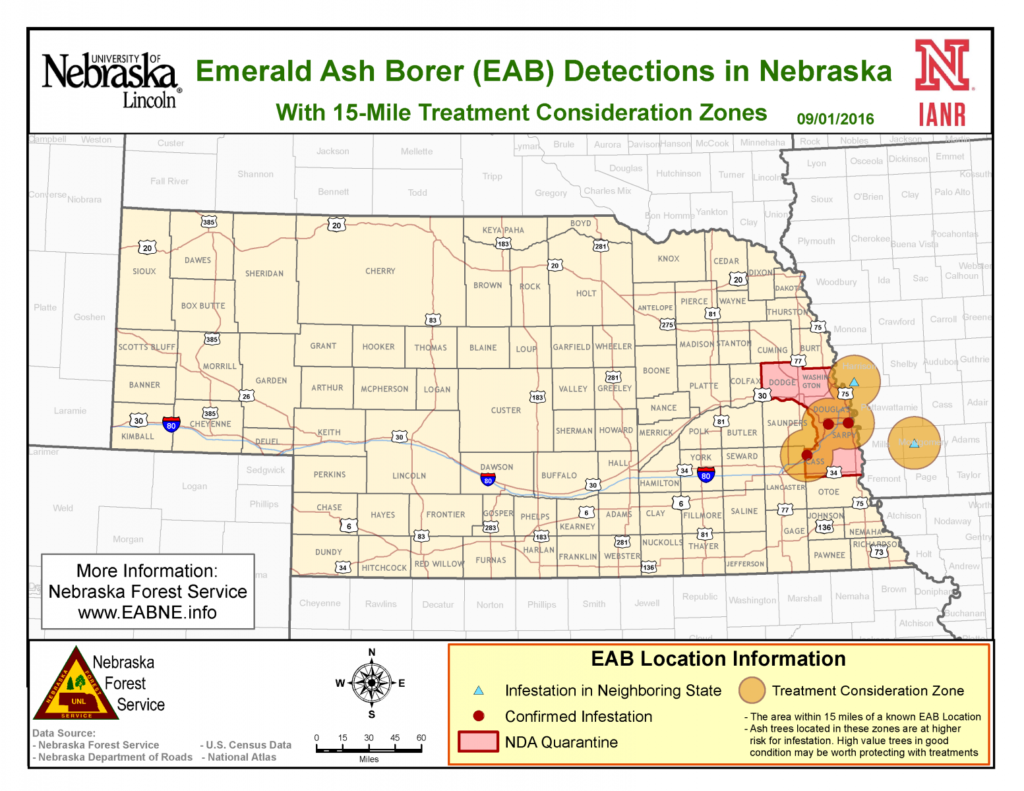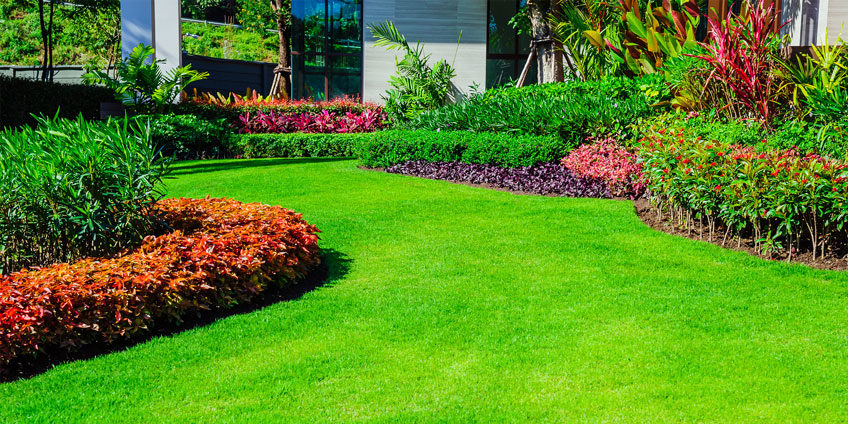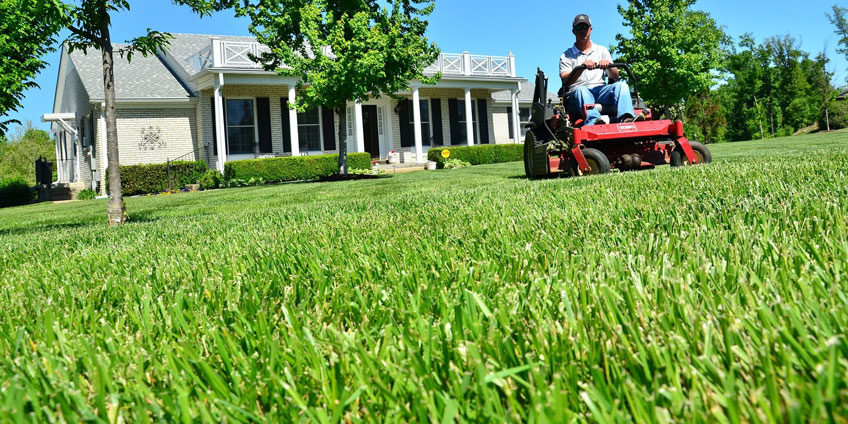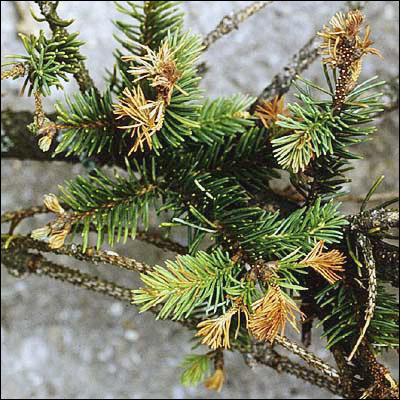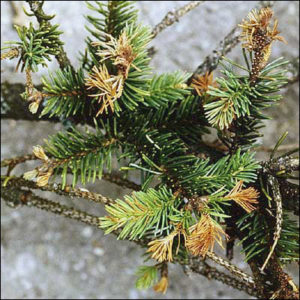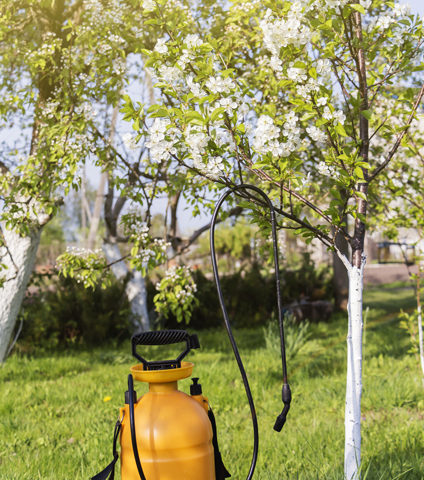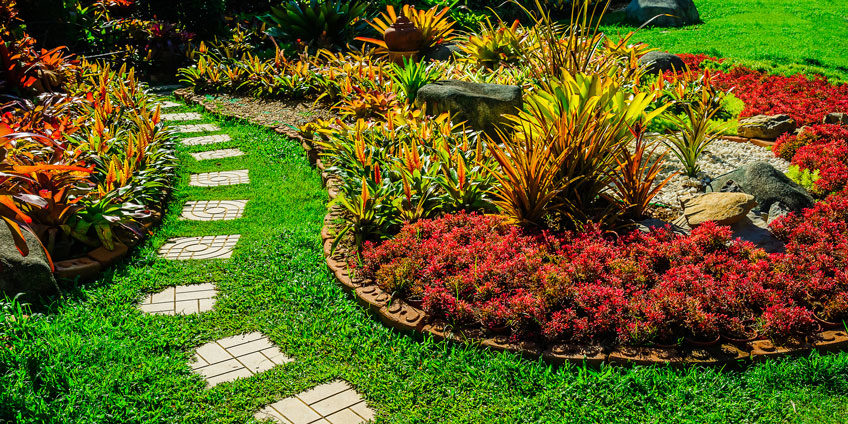Ash Trees and the Emerald Ash Borer
Ash trees are one of the most popular trees in the United States. They cover millions of acres, but ever since 2002, they’ve been vulnerable to an insect that was accidentally imported from overseas.
If you have ash trees on your property, you’re probably aware of the metallic-looking green beetle known as the emerald ash borer. Emerald ash borers disrupt the tree’s ability to feed itself water and nutrients. These beetles can kill their tree hosts within one to four years, depending on the size of the tree. However, if the infestation is detected early enough, a mature tree (with a circumference of 14 inches or more) stands a good chance of surviving and thriving after being treated.
Signs of an emerald ash bore infestation may include the following, according to the Arbor Day Foundation’s “Tree Health Guide:”
- Exit holes shaped like a “D”
- Increased woodpecker activity
- Leaves at the crown of the tree are thinning/dying
- Splitting bark
- The tree is sprouting suckers (young sprouts or new leaves) near its base
- Tunnels appearing under the bark – these look like wavy lines on the bark of the tree
Your ash tree could fall prey to this insect pest even if you don’t know you have the beetle on your property. Call Liberty Lawn & Landscape to have your tree evaluated for its current health. Liberty Lawn & Landscape will evaluate your tree free of charge.
If you do have the emerald ash bore, you may be wondering: What will happen to my trees? Will they need to be removed? Can they be treated?
Treatment vs. Removal
Once you’ve had Liberty Lawn & Landscape Inc. evaluate the health of your tree, next determine the importance of your ash tree to your landscape. There’s no point in treating a tree that has little or no value to you in the overall landscaping of your property. If the tree is of relatively little value to your property, you’ll probably decide to have it removed rather than treated.
Another considering when you’re thinking about treatment vs. removal is the circumference of the ash tree. You should consider removal if your ash tree is less than 14″ (inches) around. This isn’t an absolute rule, but the recommendation from the U.S. Department of Agriculture (USDA) is that ash trees with a circumference of less than 14″ be removed rather than treated when infected with the emerald ash borer.
Emerald Ash Borer Treatment with Liberty Lawn & Landscape
Liberty Lawn & Lawnscape Inc. can deal with known or suspected emerald ash borer activity in your ash tree in three stages:
- We come out to your property to evaluate the health and viability of your ash tree or trees.
- We measure the circumference of your ash tree(s). Remember, the circumference of the ash tree factors into the decision on whether to treat or remove the tree.
- Once you approve our estimate, we treat your ash tree with an insecticide that kills the emerald ash borers.
In the case of the emerald ash borer, the soon the tree is treated, the better its chances of surviving.
Insecticides Used For Emerald Ash Borer Cases
Depending upon the size of the ash tree, Liberty Lawn & Lawnscape Inc. uses one of two insecticides:
#1. Mauget System: This method of targeting the beetles is injected into the tree. It uses capsules filled with Imicide insecticide. This emerald ash bore treatment is most effective when used on smaller trees.
This method is environmentally friendly. In its more than 50 years in business, the J.J. Mauget Company has always been a leader in environmentally-friendly ways of treating trees.
#2 TREEage Arborjet System: This method of targeting the beetle infestation uses an injection using IV pressurized system with Emamectin Benzoate insecticide. It’s most effective when used with larger trees.
Like a hospital IV system used on the human body, the TREEage Arborjet system introduces the insecticide into the tree’s vascular system, which is the tree equivalent of veins and arteries. Rather than using spray insecticides that affect the surrounding plants and soil, this efficient delivery system targets the emerald ash borer pests directly. It kills the beetle’s larvae as well as adult beetles that have already emerged.
If your property has one or more ash trees with signs of emerald ash borer infestation, get in touch with Liberty Lawn & Landscape Inc. You’ll want your tree evaluated for health as soon as possible, and the evaluation is free of charge. If you do have emerald ash borers living in your ash tree, Liberty Lawn & Landscape will provide you with a timely, reasonable estimate for emerald ash bore treatment that will minimize the damage so you can get back to enjoying the view from your property instead of worrying about invasive insects.

